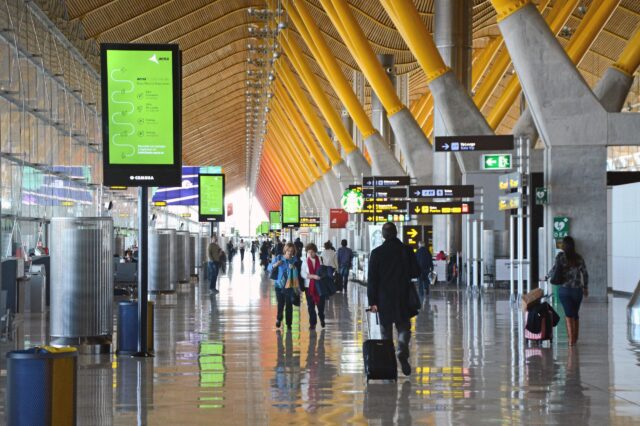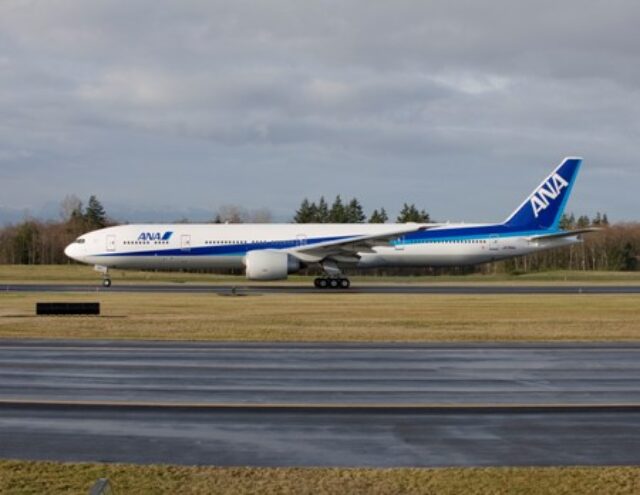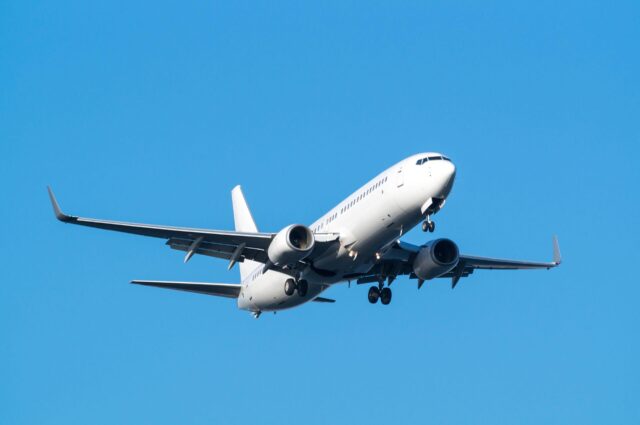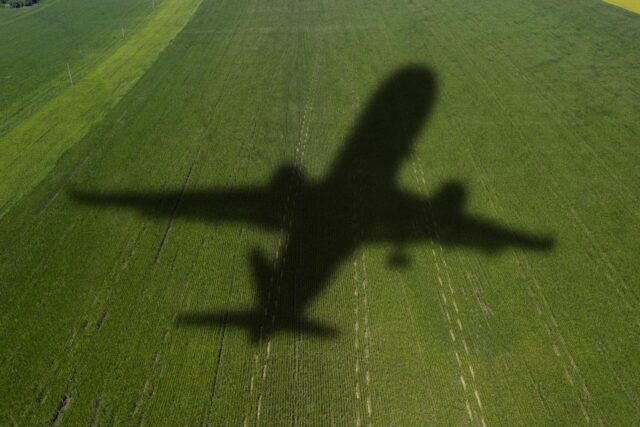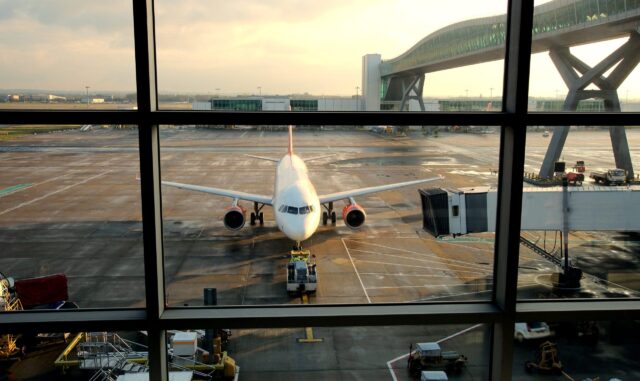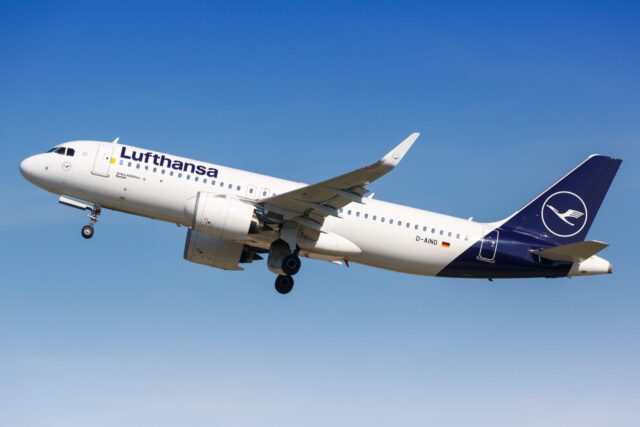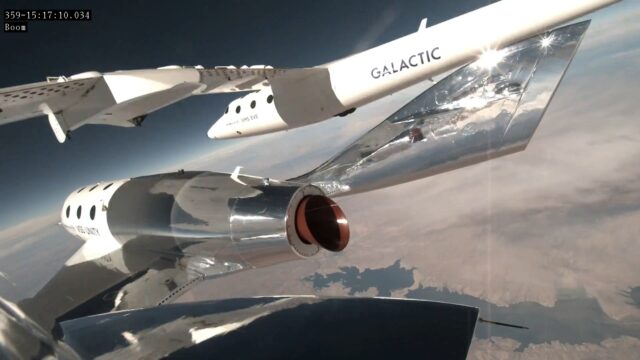Argentina receives its first F-16 (a non-flying instructional airframe)
December 20, 2024

The aircraft was delivered as two Hercules loads, with Fuerza Aerea Argentina Hercules TC-66 carrying a Pratt & Whitney F100-PW-200 engine. spare parts, and tools and KC-130H Hercules TC-69 following with the disassembled airframe. The second Hercules was loaded at Aalborg Air Base on 12 December, and arrived at El Palomar in Buenos Aires on 15 December. The aircraft was then sent on to Tandil Air Base, the home of VI Brigada Aérea (the 6th Air Brigade) and Grupo Aéreo 6 de Caza (the 6th Fighter Wing), for assembly. Tandil will be home to a dedicated F-16 training and maintenance centre, where the newly delivered airframe will support training programmes aimed at familiarising FAA personnel with the F-16 and its subsystems. There will also be a programme upgrades to Tandil Air Base to accommodate the new aircraft including new engineering and logistics infrastructure. This will be completed before the operational F-16s are integrated into the Argentine Air Force.
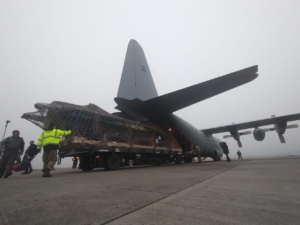
Delivery of the new static training airframe was preceded by the deployment of a team of Argentine personnel to the Danish Defence Maintenance Service in Aalborg in late October 2024. The team catalogued components, ensured compliance with import regulations, and oversaw the preparation of equipment for transport to Denmark, including additional tools and equipment that were shipped by sea to Buenos Aires, including the jigs and tools that would be used to reassemble the training airframe.
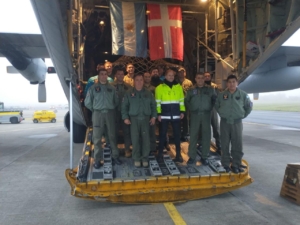
Delivery of the F-16B static training unit to Tandil Air Base was formally announced by the Defence Minister of Argentina, Luis Petri, on 19 December 2024. It will be reassembled by Argentine and Danish personnel.
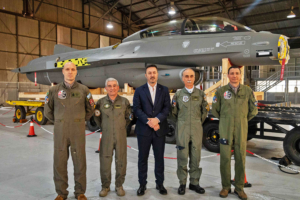
Argentina phased out the last of its French-built Dassault Mirage 5s in 2017, leaving a dwindling number of subsonic US-supplied A-4AR Fighting Hawks and indigenous FMA IA63 Pampas as the air force’s only fast jet combat air platforms. Subsequent efforts to recapitalise the fast jet element were defeated by budgetary pressures and British sanctions which effectively prevented Argentina from acquiring any aircraft with a Martin Baker ejection seat.
The agreement to purchase surplus aircraft from Denmark was made possible through US approval and financing, under which Argentina will have six years to pay the nearly $700 million for the purchase of the aircraft, spare parts, simulators and training of FAA personnel, and the acquisition of the required weapons. Argentina’s procurement of a US-built aircraft type will streamline defence security co-operation between the two nations, and is very much in the USA’s own best interests, whereas acquisition of Sino-Pakistani JF-17s would have complicated such co-operation.
Troels Lund Poulsen, the Danish Minister of Defence, travelled to Argentina on 26 March to sign the initial agreement for the purchase of 24-28 F-16MLU fighters with Argentina’s Defence Minister Luis Petri. The final contract (for 24 aircraft) was subsequently signed in Copenhagen in April 2024.
On 12 December, the Chief of the Fuerza Aerea Argentina, Brigadier Gustavo Valverde, confirmed that the 24 F-16A/B MLUs would be delivered in four ferry flights, each of six aircraft. The first ferry flight will be undertaken in December 2025 and will consist of four F-16B two-seaters and two single-seat F-16As, with Danish pilots flying with USAF tanker support. The deliveries will be completed by 2028.
Argentina has reportedly restarted negotiations to acquire at least one Boeing KC-135R Stratotanker for inflight refuelling of the F-16s, which are incompatible with the FAA’s ‘hose-and-drogue’ equipped KC-130H tankers.
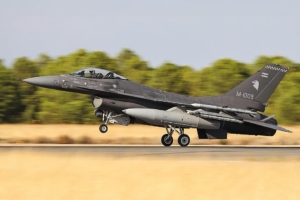
The Argentine Ministry of Defence took to social media to welcome the F-16 procurement, noting that: “The F-16 marks a before and after in Defence, redefining Argentine air power. With its advanced technology, combat versatility and supersonic capacity, the F-16 becomes the backbone of the Argentine air defence system, to protect our sovereignty against the threats of the 21st century.” The aircraft promise to revolutionise beyond-visual-range air combat, and precision strike capabilities (depending on what weapons are supplied), and will introduce the Fuerza Aerea Argentina to modern net enabled operations, with their Link-16 equipment.




